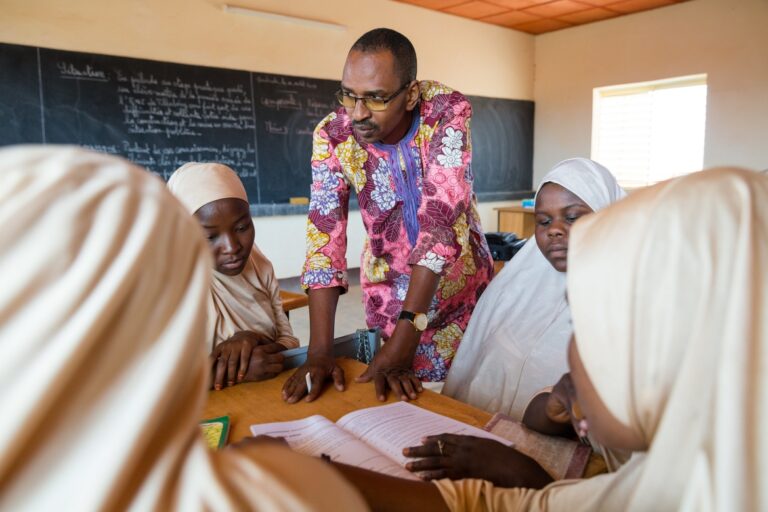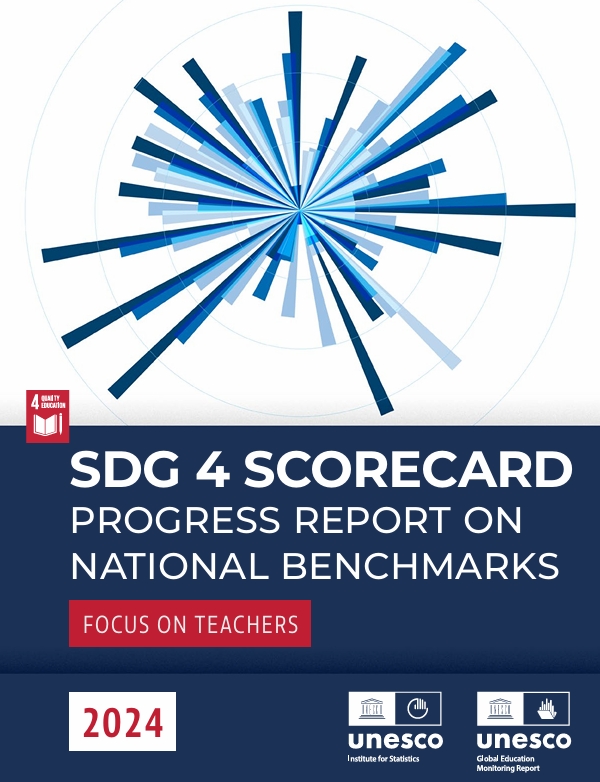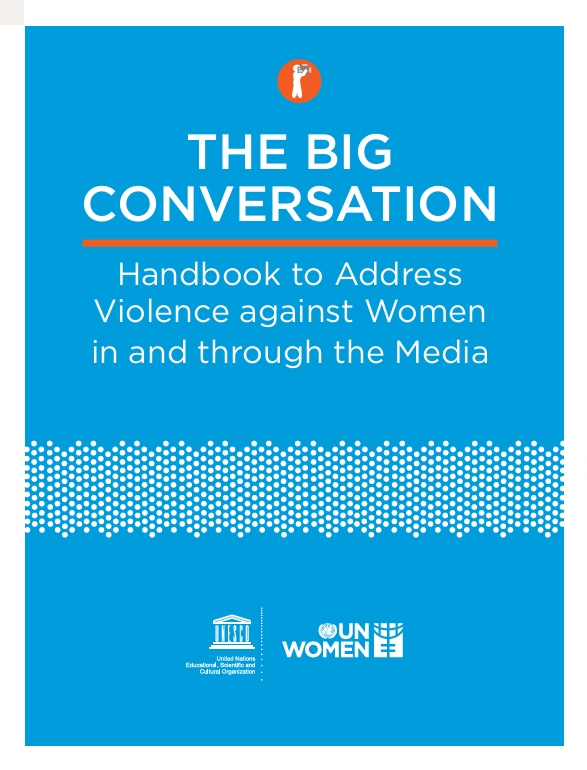By: Eram Agha | News18.com ![]() EramAgha | Updated: April 7, 2018, 10:35 AM IST
EramAgha | Updated: April 7, 2018, 10:35 AM IST
Another key finding of the survey states that women are under-represented in STEM (Science, Technology, Engineering and Mathematics) fields in elite institutions, but are well-represented in non-elite institutes.
New Delhi: Remember your vegetable vendor’s child rambling your grocery list calculation and telling you the total within seconds? Weren’t you perturbed with their mathematics skills as a child? Turns out that this dexterity also makes them excel ahead of privileged students in higher education.
According to a AICTE-Stanford University survey, ‘disadvantaged’ students in elite institutes surpass their ‘advantaged’ classmates when it comes to maths, physics, and quantitative literacy.
Even as socially-disadvantaged students remain substantially behind in all subjects in the first year, they gain significantly more from first year to third year. In non-elite institutes, these students begin to catch up in maths, physics and quantitative literacy by third year.
When it comes to rural students versus urban ones, the students in rural areas make more gains than urban students (depending on the exam and institution type), and never fail to make equal gains.
In the first year, rural students start out behind urban students (in all skills) in National and Technical Education Quality Improvement Programme, while they remain behind urban students in third year. Yet, overall, they manage to make more gains than the urban students.
The results of ‘student learning assessment survey’ conducted by All India Council for Technical Education (AICTE) in collaboration with Stanford University comes at a time when debate over Dalits and reservation has taken a centre-stage.
Another key finding of the survey states that women are under-represented in STEM (Science, Technology, Engineering and Mathematics) fields in elite institutions, but are well-represented in non-elite institutes.
Importance of the Survey
The survey states that the findings are important because very little is known about the skill levels and gains of socially-disadvantaged students compared to advantaged students.
It focuses on understanding skill levels and gains for different student sub-groups like women, SC/ST/OBC, economically disadvantaged, and rural.
The motive behind the study is to help the government in considering targeted policies that reduce disparities.
According to AICTE, the program is intended to benefit colleges and students by improving the understanding of how much students are learning as well as how different institutional characteristics, faculty characteristics, teaching practices, and peer, student behaviours contribute to student learning.”
Further it added, “Ultimately, the government can build on the findings from this study to further raise the quality of Engineering Education in India.”
Details of the Survey
The All India Council for Technical Education (AICTE) signed an MoU with Stanford University on February 6 last year, following which Stanford University team developed an assessment framework that measured and compared skill levels and gains across technical programs.
They developed and used tests that are cross-culturally valid, equitable, and free from bias. They used the tests developed by the Educational Testing Service (ETS). The Survey was held in the first semester of the 2017-18 academic year at 42 AICTE Approved colleges.
These test include major two parts (i) Academic tests (Mathematics and Physics) and (ii) Higher order thinking tests (Critical thinking, Quantitative Literacy, Creativity and Test of Relational Reasoning).
The Student Learning Assessment Survey was conducted in three different phases. There was a “pilot survey” conducted (February 2017 – June 2017). Approximately 5,000 students, 600 faculty and 30 department heads were involved. In clinical pilot tests students were checked on language ambiguity, formatting, relevance, difficulty etc.
In the main baseline survey, June 2017 – April 2018, the members of the Stanford-AICTE survey team monitored these activities in all 42 AICTE approved institutes. Approximately 18,000 students (1st and 3rd year), 3,500 faculty and 100 department heads were involved from AICTE approved Institutions.
In coordination with National Project Implementation Unit survey was conducted in 118 TEQIP (Technical Education Quality Improvement Program) funded institutes for approximately 27,453 students (1st and 3rd year), 4,300 faculty and 200 department heads. These institutes were randomly selected all over India.






